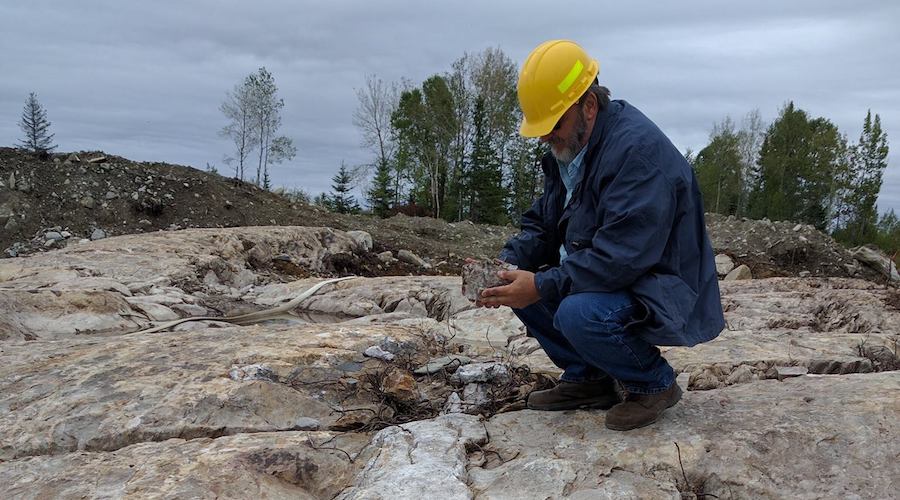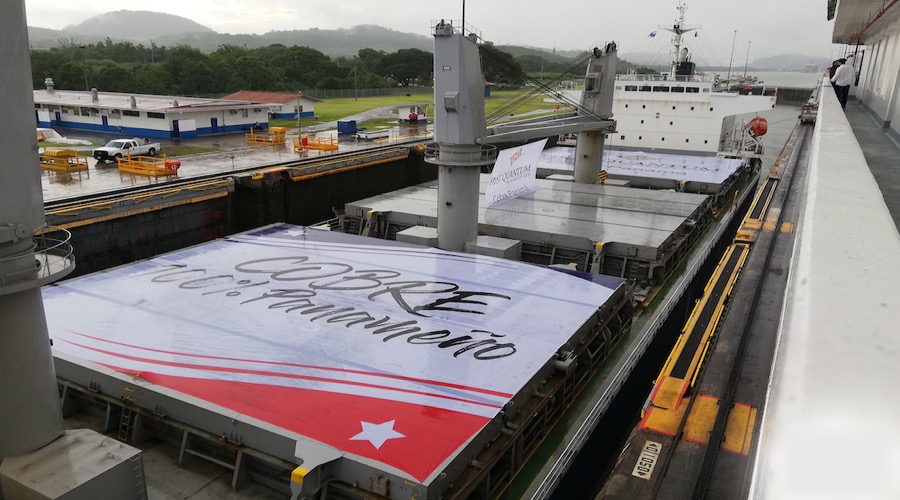Granada gets high-grade gold by employing disruptive technology

Granada Gold Mine (TSXV: GGM) reported that it attained higher grades after running a preliminary gravity separation study on lower-grade, gold-bearing rock from its Granada Gold project in Rouyn-Noranda, Quebec.
In a media statement, Granada said that the higher grades attained during the tests may have implications for the grade of future mill feed, the size of the gold deposit, and the costs associated with future mine production.
“These metallurgical results can further de-risk the project and provide additional processing options for the company, and they potentially expand the existing resource by lowering the average gold grade that could be mined and processed using pre-concentration by gravity separation,” said Frank Basa, Chairman and CEO of the Coquitlam-based company, in the press release.
“Granada is on the verge of a planned first stage of production – a high-grade ‘rolling start’.”
According to Basa, the innovative pre-concentration system employed for the tests increases recovery values, reduces ore mass and waste, reduces water use, lowers power requirements, and improves feed rates. In the view of the executive, all of this could potentially mean lower capital and operating costs for Granada, along with higher recovery.
“A 260-kilogram sample of low-grade drill core assaying 0.6 grams of gold per tonne was upgraded to 6.0 grams per tonne with 60% overall recovery rates,” the media brief reads.
The document states that the laboratory in charge of running the tests processed the sample by crushing through different size fractions, homogenized, and split according to standard practices. Gravity tests were conducted on coarse and fine fractions, approximately +600 µm and -150 µm, respectively. Subsequently, a grade of 21 grams per tonne gold was achieved from the coarse size fraction, with a recovery of 40%, resulting in an upgrade ratio (conc./feed) of 35. The test result which recovered the most gold was the one that has a gravity concentrate grade of 6.0 grams per tonne gold with a gold recovery of 60%.
“As a result of this preliminary work, we believe that employing disruptive technologies on lower grade ore to pre-concentrate the mineralized material for process plant feed can be advantageous,” Basa said.
The Granada Gold property is located 5 kilometres south of the historic mining community of Rouyn-Noranda and it was acquired by Granada Gold in 2006.
{{ commodity.name }}
{{ post.title }}
{{ post.date }}

Comments
18wheel
Smart! ?